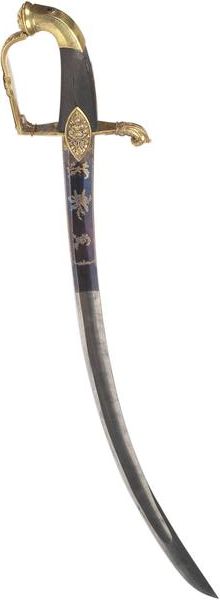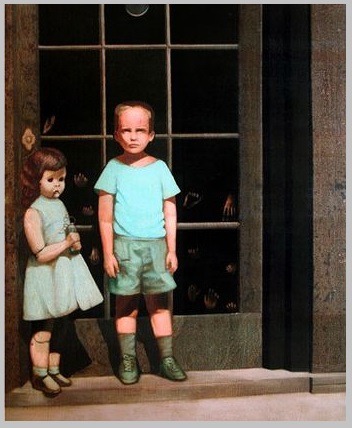Fenestra of Baleful Ectypes

The dreaded Fenestra of Baleful Ectypes, a cursed magical mirror, hangs on a mildewed wall in Myrrha, a ruined villa once home to an exceedingly wicked senator named Woodruff. A man of perverse tastes, Woodruff’s reputation for cruelty has only grown since his death. His slaves were the most frequent targets of his vile appetites.
Of these slaves, the most famous is Cloe, who Woodruff forced Chloe into being his mistress after cutting off one of her ears. As revenge against Woodruff, Cloe baked a birthday cake containing extract of boiled and reduced oleander leaves, which are extremely poisonous. Her plan backfired.
Only Woodruff’s wife and two daughters ate the cake, and all died from the poison. Woodruff had Cloe hanged by her wrists from the vaulted ceiling in the front hall so that she could see her slow, torturous death in the mirror. Shortly after Cloe finally expired, Woodruff’s other slaves revolted and killed their cruel master before escaping into the hills around Myrrha. The Fenestra functions much like a crystal ball, allowing its user to see distant places and even times. Doing so is not without risk, for the mirror’s magic taps into Vioo, that barren, dark realm that exists on the other side of mirrors and mirror-like surfaces.
For Dungeon World:
When you use the Fenestra of Baleful Ectypes, roll+INT. *On a 10+, choose 3. *On a 7–9, choose 2.
* You see what is transpiring at the place you want to view.
* You see what is transpiring at the time you want to view.
* You do not take -1 forward the next time you use the mirror.
* You do not attract unwelcome attention.
For Swords & Wizardry:
The Fenestra of Baleful Ectypes functions much like a crystal ball. Its user may see what is transpiring in whatever location he desires to see, over a considerable distance and even through the veils of time. When a user taps into the scrying powers of the mirror, he must make a saving throw. Failure means the mirror’s magic ripples uncontrolled, and the user attracts the attention of one or more of Vioo’s wicked denizens. Certain spells and other precautions may be used to prevent being seen through the Fenestra. Usable by: Magic-Users.



